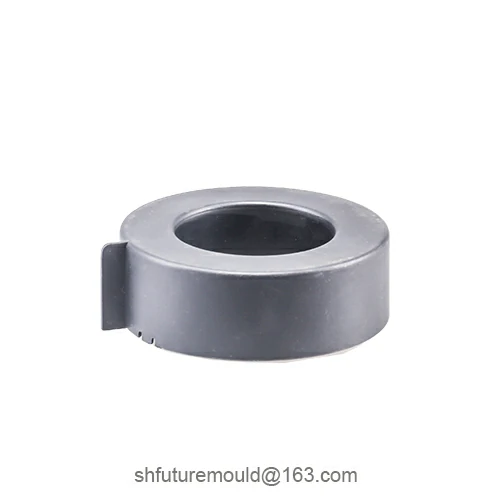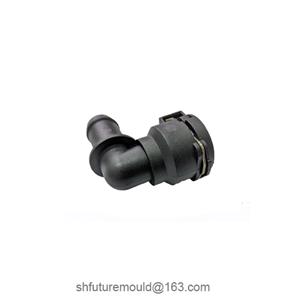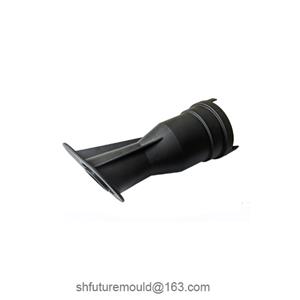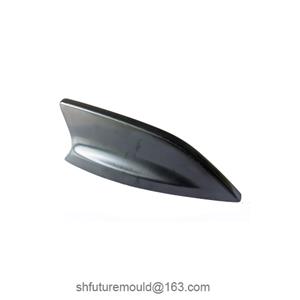Design and Manufacturing of Electrodes in EDM Mold Processing
Electrical Discharge Machining (EDM) is a non-traditional processing method that removes material through electrical erosion. It is widely used in modern mold manufacturing. Electrodes are the core components of EDM, and their design and manufacturing directly determine the machining accuracy, efficiency, and mold quality.
Design of Electrodes
1. Electrode Material Selection
Common materials: Copper, electrolytic copper, graphite.
Selection principles: Based on the workpiece material, machining requirements, cost, and electrode wear.
Copper electrodes: Excellent conductivity, suitable for precision machining but relatively expensive.
Graphite electrodes: High-temperature resistance, ideal for large-area rough machining, but generate dust during processing.
2. Electrode Shape Design
Designed according to the geometry of the workpiece and machining requirements.
The design should account for the discharge gap and compensation. Typically, the electrode size needs to be smaller than the target size to compensate for the discharge gap.
3. Electrode Quantity Design
Complex molds often require multiple sets of electrodes to reduce machining time and improve efficiency.
4. Electrode Tolerance and Discharge Gap
The manufacturing precision of the electrode must meet the machining requirements, with tolerances designed to ensure the final mold's dimensional accuracy.
The discharge gap is typically adjusted based on the intensity and machining current. Rough machining requires a larger gap, while fine machining requires a smaller gap.
Manufacturing of Electrodes
1. Manufacturing Processes
Electrodes are primarily manufactured through mechanical processes such as turning, milling, and grinding.
For complex-shaped electrodes, CNC machining or 3D printing technologies can be employed.
2. Surface Treatment
After manufacturing, the electrode requires polishing to reduce wear during machining and improve surface quality.
3. Error Control
During electrode manufacturing, strict control of dimensional tolerances and shape errors ensures machining precision.
Inspection tools such as Coordinate Measuring Machines (CMM) are commonly used to verify the accuracy of the electrodes.
4. Clamping and Calibration
The clamping of the electrode on the machine tool must ensure positional accuracy and stability.
Calibration tools, such as tool setters or optical instruments, achieve alignment and ensure accurate machining.
- Injection Mold
- Automotive Injection Mold
- Electronics & Electrical Injection Mold
- Consumer Goods Injection Mold
- Airplane Components Injection Mold
- Medical Components Injection Mold
- Irrigation Components Injection Mold
- Injection Molds




